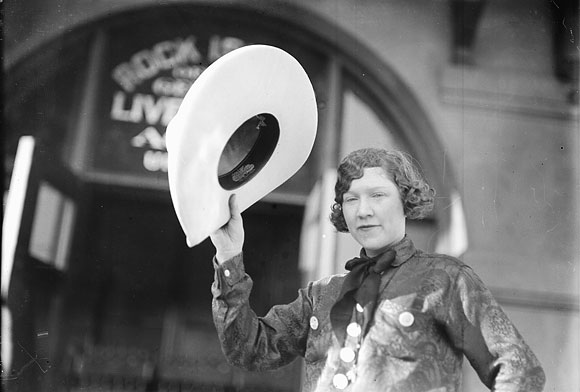3/31/08 What about the "Youth of Today?"The Kids are ALL RIGHT! A Marquette University Student Speaks Out About Wind Turbines in the Milwaukee Journal Sentinel!

THE TALL TALES REGARDING WIND TURBINES (Click here for source)
Everyone who likes taxes, raise your hands! C’mon, anyone? Nobody? Ok, how about an efficient source of renewable energy? Yeah, that’s more like it! I couldn’t agree more.Now, how about a project that is 70% inefficient, could cost around $240 million of your tax money and does irreparable damage to environmental and housing economies, say, like a wind turbine farm?
I support progress and the development of alternative sources of energy, as long as actual progress is being made. Common knowledge says that the wind doesn’t blow every day. However, even if it is windy, the wind must reach speeds near 25 miles per hour for the turbines to operate efficiently. And if the wind flies above 55 mph, the turbine must be turned off.
Thus, numerous studies have shown that wind turbines often are efficient only 30% of the time. Nobody would buy a television, car or computer that would work only 30% of the time. So why would we pay $3 million for a lemon?
Many supporters of wind energy claim that it can replace conventional sources of energy that are not as environmentally friendly. This is not true.
Our power supply system is set up in a gridlike fashion. Everything must be connected to provide a continuous flow of energy. During the 70% of the time that the wind turbines are not working, the electrical grid relies on conventional thermal power stations to maintain the constant source of energy. When winds are ideal for producing energy, these thermal power stations can be placed on “spinning standby.”
However, due to the rapidness with which winds can change and the amount of energy required to restart a conventional power station, such stations must remain on standby, and, thus, implementing wind turbines offers little or no reduction in the need for conventional thermal power stations. There is no reduction in the environmental effects of traditional power plants.
Although I am a student at Marquette University in Milwaukee, my permanent residence is in Mount Calvary, the epicenter of the Blue Sky Green Field wind project in Fond du Lac County.
Critics could say that I am just playing the “Not in my backyard” card, but the majority of my time is spent in Milwaukee, where I cannot be lulled into the belief of progress by the 340- foot monstrosities of cold, white steel.
I am sure that the legions of titanic invaders and the flicker of their slashing swords eventually will fade into the horizon, but their effects on our land and our wallets will not.
The only one that really is getting paid is Big Business. The main incentive for large companies to build turbines is the humongous tax credit they receive.
They could care less that the roads they blaze into farmers’ fields transgress the fruit of our forefathers’ toil. They could care less about what happens to the wildlife in the area, especially the many birds that will perish at the hands of these turbines.
They could care less that noise and shadow flickering jeopardize the health of the local community. They could care less because for every turbine, they receive a third of the cost back in tax credit, and they gain an image as valiant protectors of the environment. They are swindling hard-working people of their land and their rights for a measly $3,000 per year.
Alternate initiatives are more effective. Simple conservation alone can save a bundle of energy, reducing our need to create it. Tax money spent on a campaign for conservation would be a more efficient use of our hard-earned money.
There also are promising new efforts being made with offshore tidal turbines. The increased predictability of tides and the greater density of water make tidal turbines more efficient.
At the same time, all aesthetic and health issues are eliminated, since the turbines are underwater. In addition, tests of underwater turbine sites have produced energy at a much cheaper rate than with wind and natural gas.
These are just a few suggestions to a problem too big for any one solution. A cooperative effort, a multifaceted approach and an efficient alternative are needed. Wind turbines do not accomplish this.
Kollin G. Petrie is a Marquette University student.
